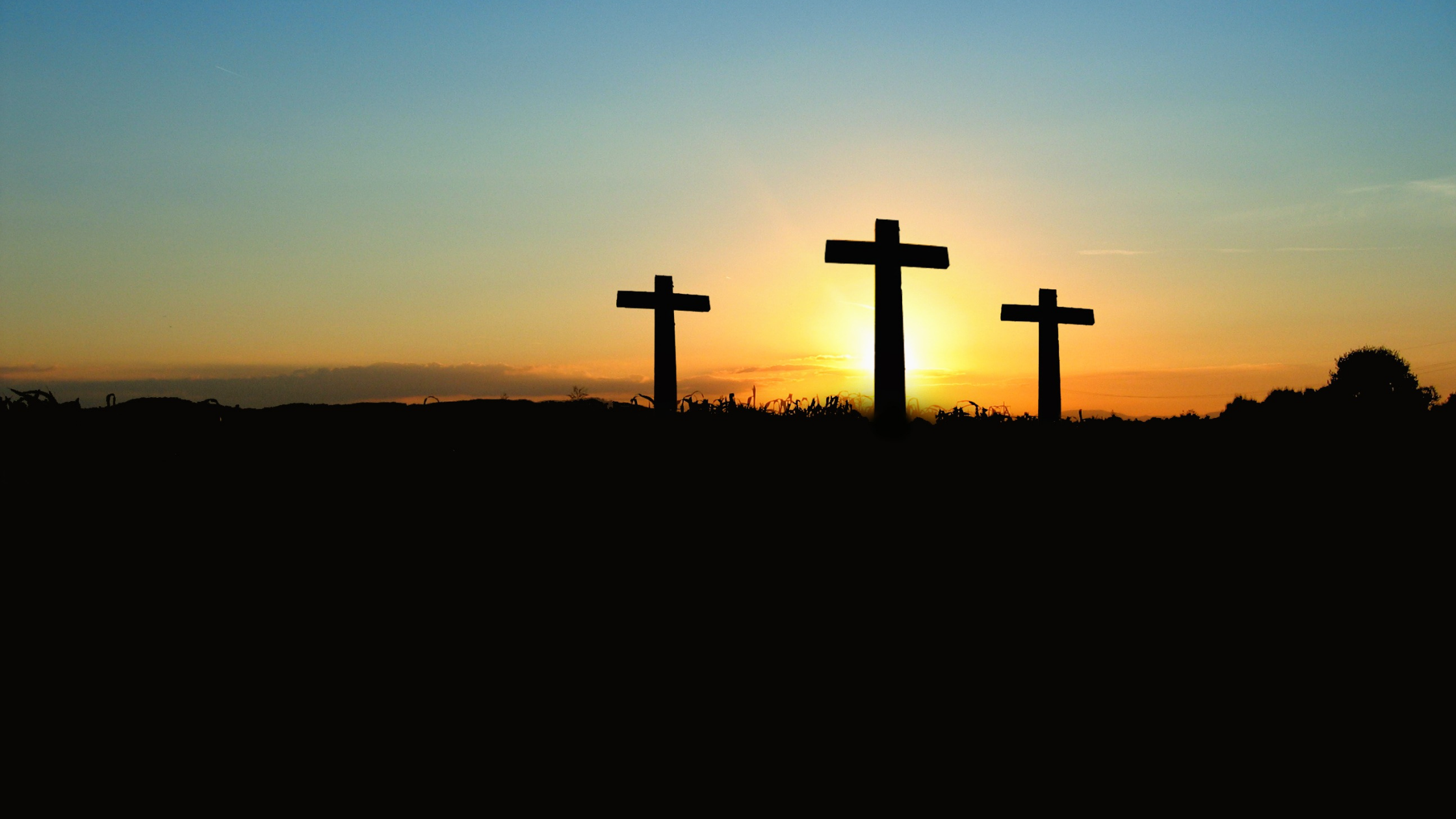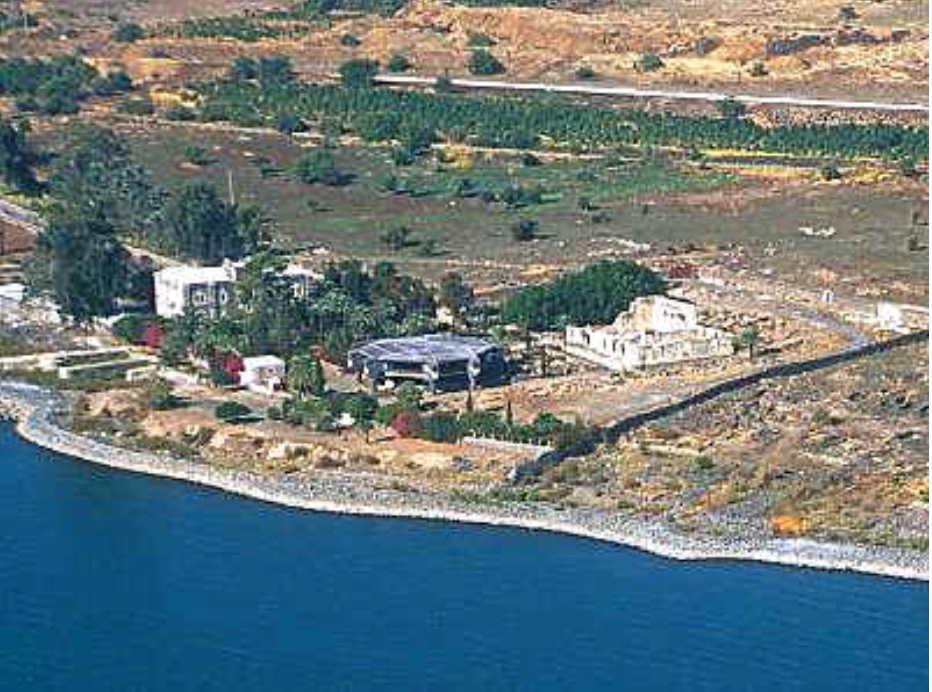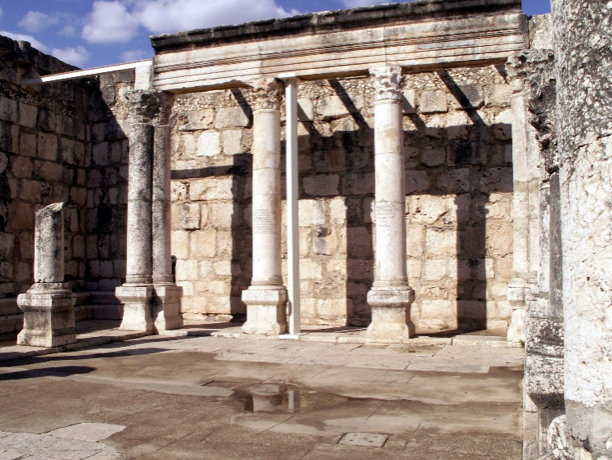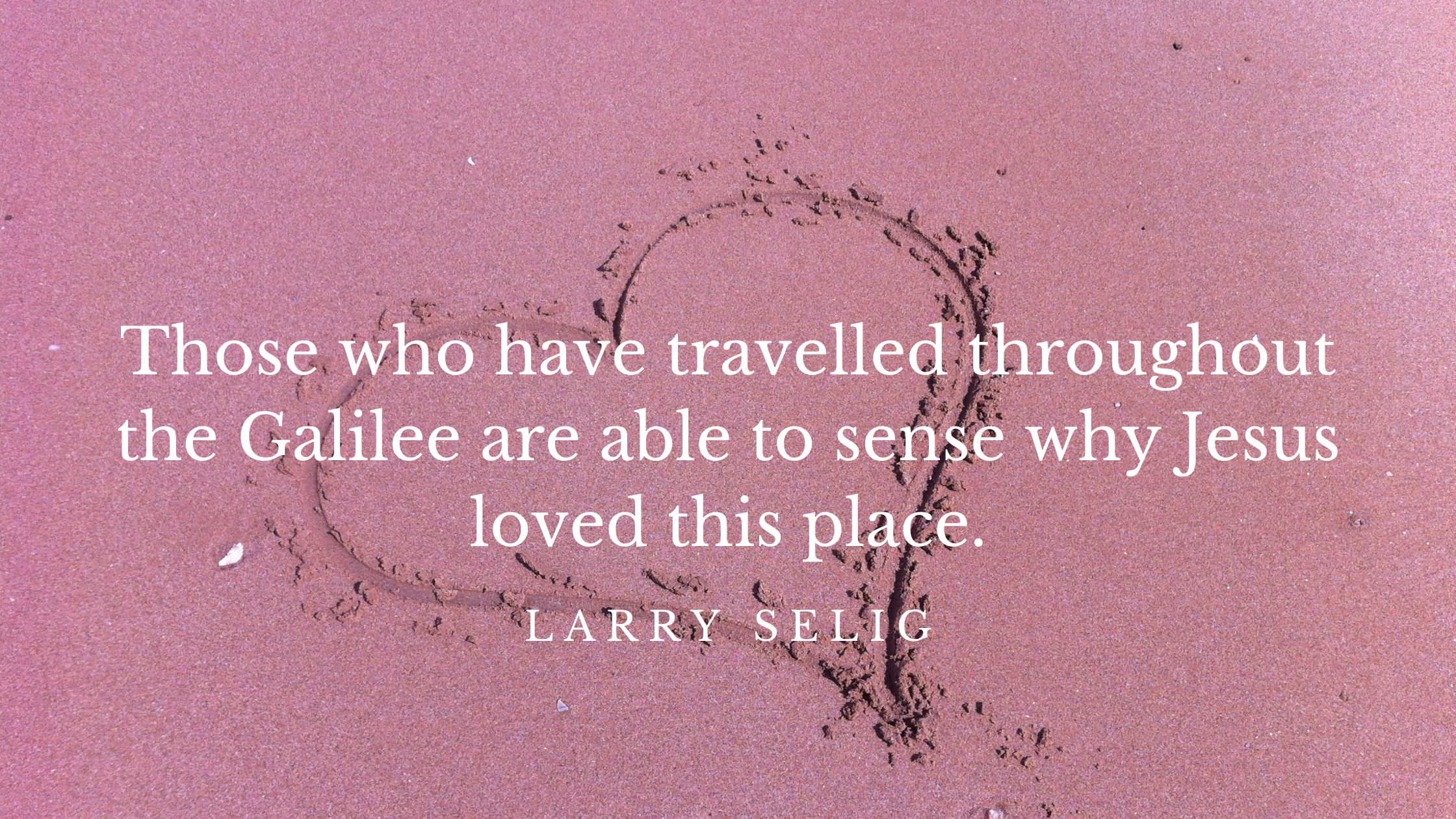Adopted Hometown: Jesus in Capernaum
Israel is a unique country in many ways, not the least of which is its small but varied geography, a veritable land bridge between Asia, Africa and Europe.

If placed on a map of Florida, it would only stretch from Jacksonville in the north to below Melbourne in the south, the Atlantic Ocean on the east and the St. John’s River on the west. It is only 150 miles north to south, and 50 miles wide near Jerusalem.
But while this part of Florida is mainly flat and sandy, Israel has all of the variety of California: snow covered mountains, desert regions below sea level, ocean beaches, fertile valleys, and wilderness areas. In fact, the geography of Israel is sometimes called the “fifth Gospel”.
Galilee: Where Jesus Grew Up
The northern area of Israel, called “Galilee” where Jesus grew up and called home, is even smaller, the size of many counties in the eastern part of our nation. The word Galilee means “circle”.
And sometimes the Sea of Galilee is called Kinneret, or “harp, due to its shape, with the water level some 680 feet below the Mediterranean Sea level. This creates a semi-tropical climate, even in the midst of winter.

And if the area of Galilee seems small, the area where Jesus did the majority of His ministry, did most of His teaching and the training of His disciples, and performed the majority of His miracles, was even smaller: about 3 ½ square miles.
This area in the Galilee is called “The Evangelical Triangle”, with the villages of Capernaum, Bethsaida and Korazin forming the three corners.
In fact, Jesus did so many miracles in this Evangelical Triangle, that He pronounced judgment on all three villages, saying that if Tyre, Sidon and Sodom had experienced such miracles as Capernaum, Korazin and Bethsaida, they would have repented.” (Matthew 11:20-24)
A Secluded Hill
At the southern end of the Evangelical Triangle, Jesus often went alone to pray at a place called Eremos Topos, meaning “a secluded hill."
He often met with the disciples there to teach them, to rest, and following the Resurrection, to give them the Great Commission in Matthew 28:16-21.
Thousands Fed Here
Nearby, at the lower end of the Evangelical Triangle. Jesus fed the multitude of 5,000 men PLUS women and children. This was a natural acoustical area with 7 fresh water springs where they could get fresh water to drink and soft pasture for everyone to sit comfortably.

On the side of the Mount of Beatitudes, it overlooked the Sea of Galilee.
Capernaum: Jesus' Hometown
Of the three cities in the Evangelical Triangle, Capernaum was where Jesus spent most of His three years of ministry. Its name means “a small village of Nahum”, but not necessarily the prophet Nahum.
In Matthew 9:1, Matthew calls Capernaum Jesus’ own hometown. Apparently after Jesus was rejected following His first sermon in the synagogue in Nazareth, He “adopted” Capernaum as His home base.
I suspect it was because He had already met His future disciples Peter, Andrew, James and John, when He was baptized by John the Baptist in the Jordan River near Jericho. It must have been during low fishing season, for these four fishermen, all from Capernaum, had made the two-day journey on foot to observe John the Baptist’s revival meetings along the Jordan River.

While there, John pointed to Jesus and said, “Behold the Lamb of God who takes away the sin of the world!” (John 1:29) These Galileans, being discipled by John, were directed by John to Jesus.
After spending the day with Jesus, I suspect these fishermen probably said to Jesus as they departed for home, “If you ever need a place to stay when you return to the Galilee, come and stay with us in Capernaum. We have plenty of room.” (John 1:35-51).

So after being being thrown out of Nazareth following His first sermon, Jesus walked the long day’s journey to Capernaum, and was reunited with His fishing friends!
Walking Through Capernaum
At Capernaum, archeologists have uncovered the ruins of Peter’s mother-in-law’s house, now preserved under a modern Roman Catholic Church structure. (flat roof).

Nearby is the Synagogue built by the Roman Centurion for his Jewish subjects. (white ruins on right).
After speaking in the synagogue one Sabbath, Jesus walked a few yards to visit Peter’s mother-in-law and healed her. The Roman road from Damascus to the Mediterranean runs just outside Capernaum (white line at top).
The Roman occupation army was housed in the area adjacent to the Jewish section. (right side of wall on the right)
On the Road
Capernaum on the western side of the Sea of Galilee was home not only to Peter, Andrew, James, and John, all fishermen, but also Matthew, who collected taxes.
Since Capernaum was adjacent to the Via Maris, the Roman road from Damascus to the Mediterranean port of Caesarea, there were many Roman soldiers stationed there.
One of the Roman Centurions built the Synagogue in Capernaum (Luke 7:2-5), whose black basalt foundation can still be seen under the present 3rd or 4th Century synagogue in the photo. This same Centurion’s servant was later healed by Jesus.

Capernaum was also a border town between the territories of Herod Antipas and Herod Philip. Since Herod Antipas required payment of taxes when entering the Galilee, and also on any fish caught on “his side” of the Sea of Galilee, there were many tax collectors living in town, including Matthew.
A Place of Many Miracles
Jesus did many miracles here. Some of the most remembered are the deliverance of a demonized man as Jesus was teaching on the Sabbath in the Synagogue (Mark 1:21-28), not recommended procedure in most churches today; the story of the paralyzed man being lowered down into the crowded home through the roof, (Mark 2:1-12); the healing of Peter’s mother-in-law (Mark 1:30); the healing of the woman with a flow of blood (Matthew 9:20-22) and the raising of Jairus’ daughter (Luke 8:41-56).
Because the village was so small, the streets narrow, and the courtyards unable to handle large groups, (Remember the man who had to be lowered through the courtyard roof to get near Jesus?)
Jesus did most of His teaching of the multitudes just south on Capernaum along the shore, where you can still find several natural acoustical areas where everyone could hear Him clearly.
He was on His way to one of these locations with a crowd in tow when Jairus, the ruler of the Synagogue, ran after Jesus and begged Him to come and pray for his daughter who was gravely ill.
Just as Jesus turned and headed back with Jairus, the woman with the flow of blood reached out, touched the fringe of Jesus prayer shawl, and was instantly healed. Tradition says she came from Caesarea Philippi, a long two-day journey to get healing.
A large stone memorial marks the site today along the path where she was healed.
Yet in spite of the many miracles the people from Capernaum and the other villages around had seen, Jesus rebuked their unbelief.
Lest we be too critical, imagine if these miracles had been done by a visiting pastor in our Sunday morning service! Many would rush to the doors, saying, “I’m out of here!”
A Place of Parables
Nearby, Jesus taught the parable of the sower, standing beside a path along the Sea of Galilee.
As I stood on this beaten path, I could see in front of me a pile of rocks with thorn and thistle plants, and a fertile field just beyond.
The scene described the parable perfectly.

It was located in the middle of a natural acoustical amphitheater which was known to the locals. What an amazing experience. It explained how Jesus could teach so many at one time. No electronic sound system was needed!
Sense His Love
Those who have travelled throughout the Galilee are able to sense why Jesus loved this place. This is where He did most of His ministry, except for the final act of redemption on the cross in obedience to His Father.

Jerusalem was a place of confrontation.
Galilee was a place of ministry. The Galilee is still today much like the place that Jesus knew.
Not so Jerusalem.
Listen and Imagine the Scene
Would you like to listen to stories of Capernaum? Follow the five or ten day listening plan on Dwell, the Bible listening app. You can get the Dwell app free as a gift from New Covenant.
Then email me to let me know you'll be reading or listening to the plan. In a couple weeks, we'll get together via Zoom to talk about what we have heard.


Want more? Listen to Larry's testimony about a neighborhood gathering.
Check out our other listening plans here.
